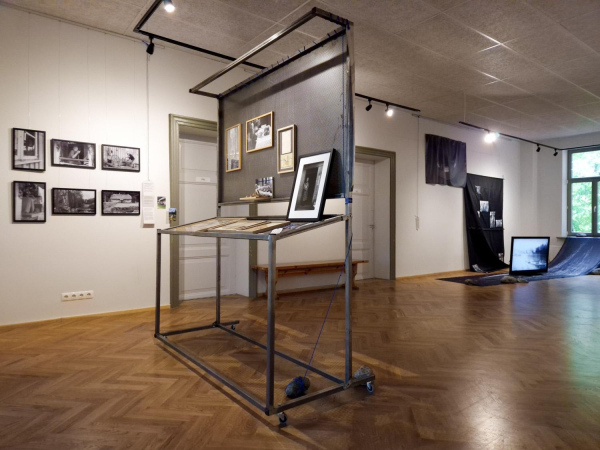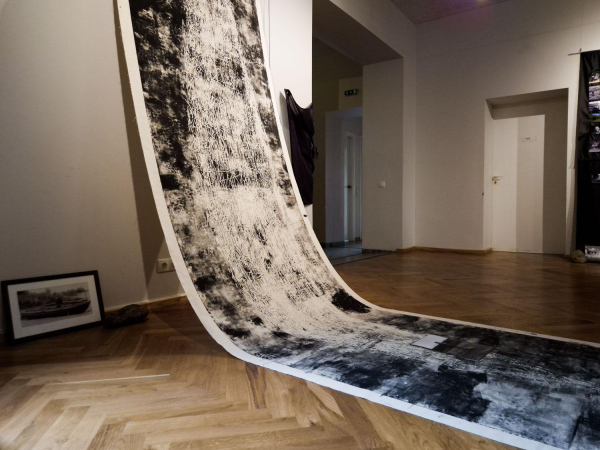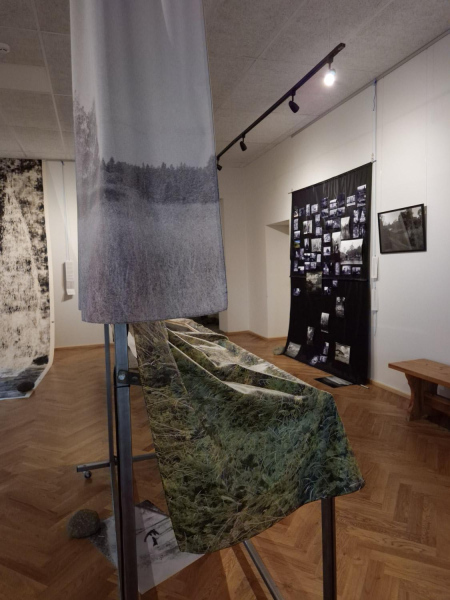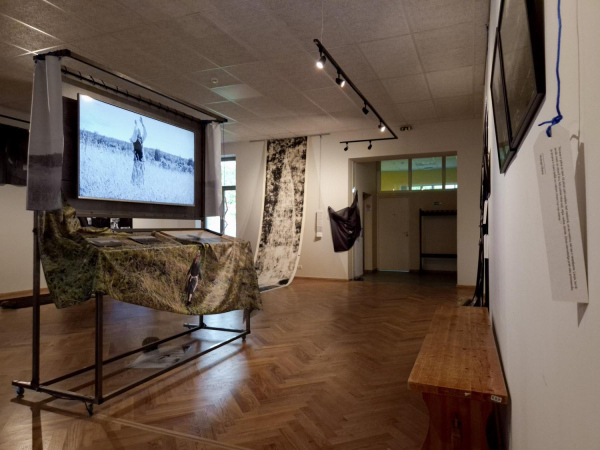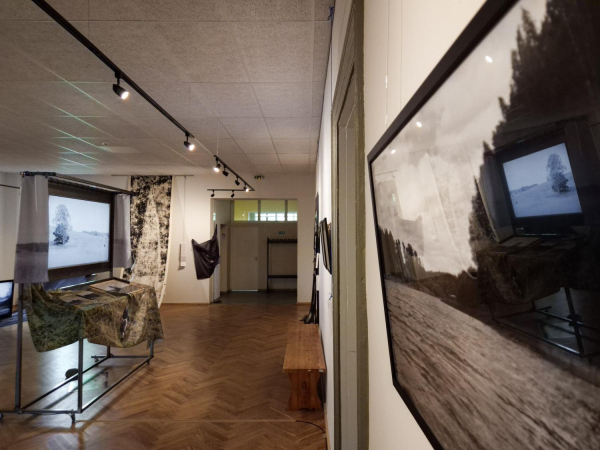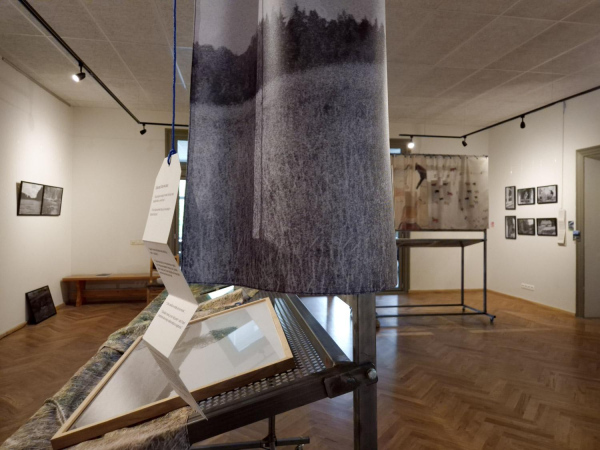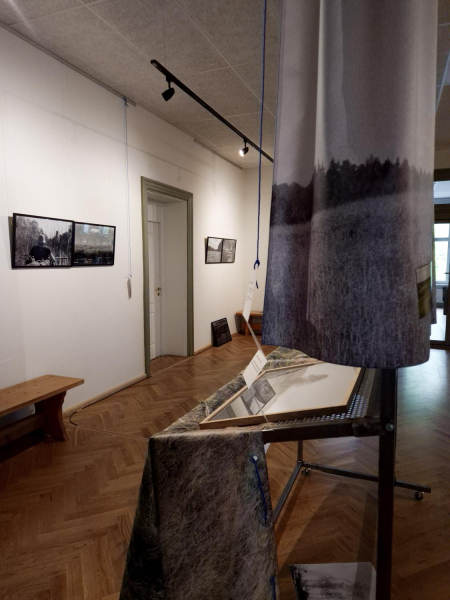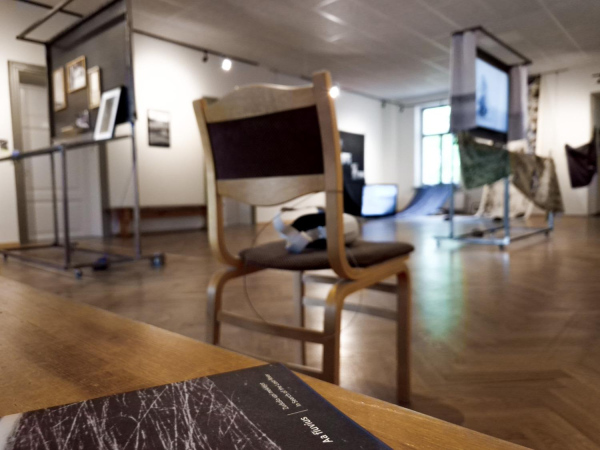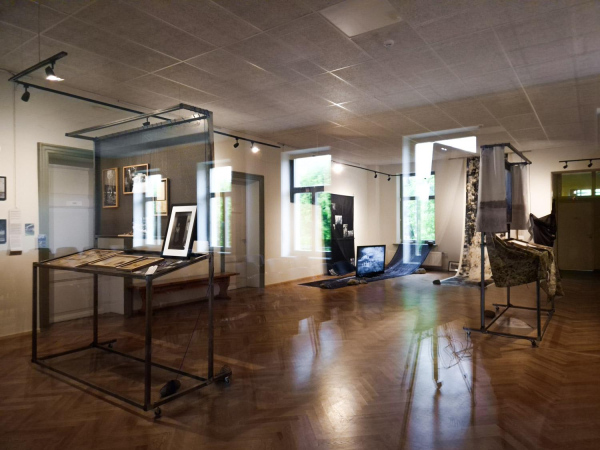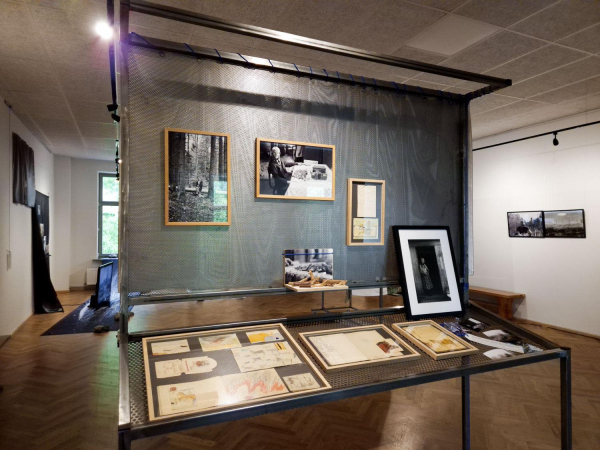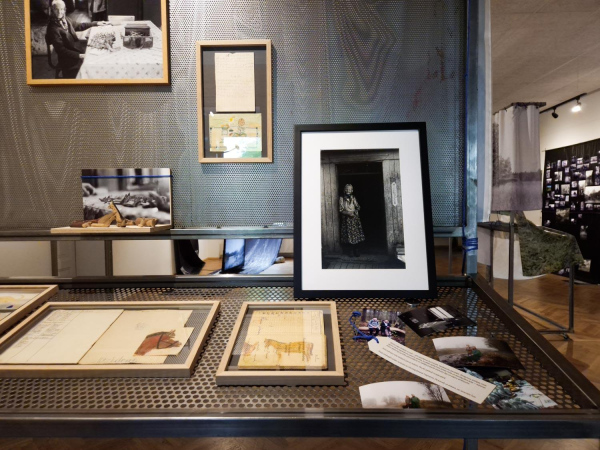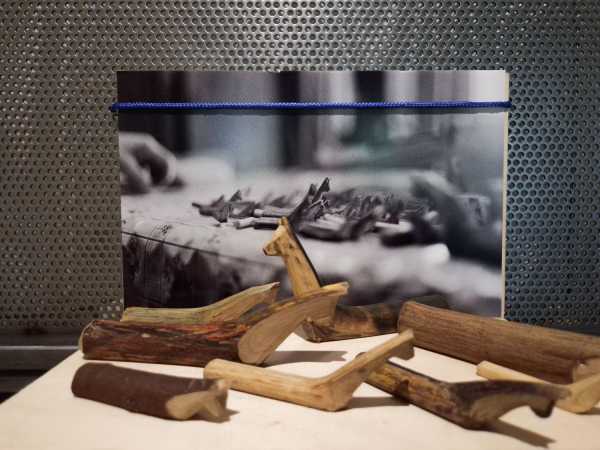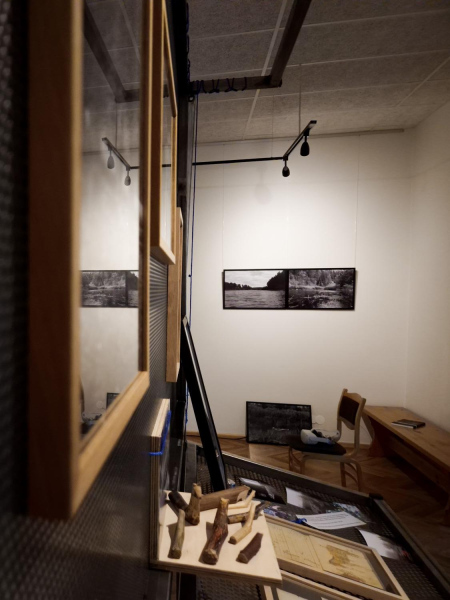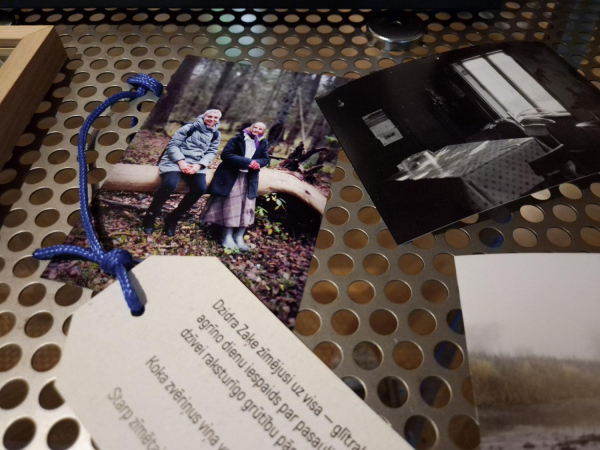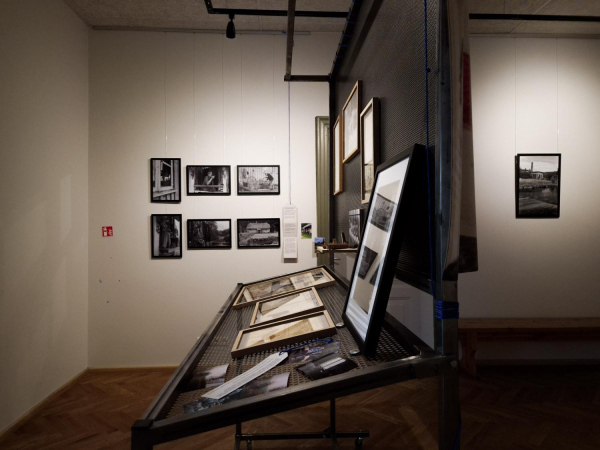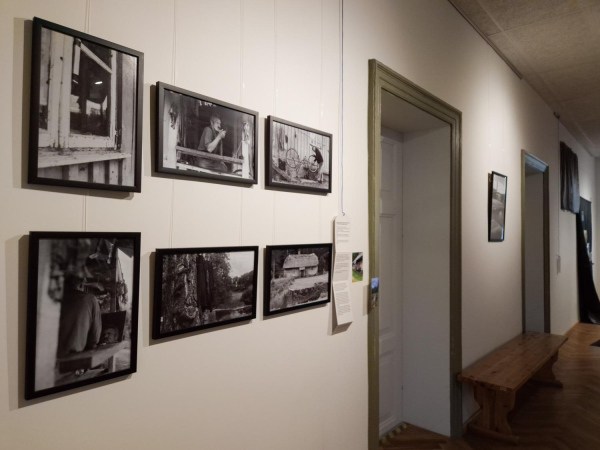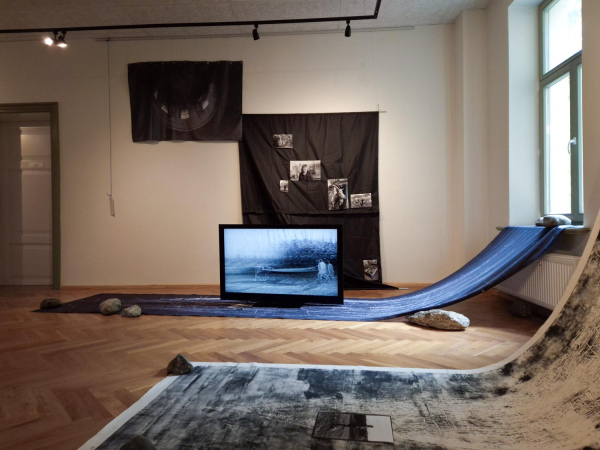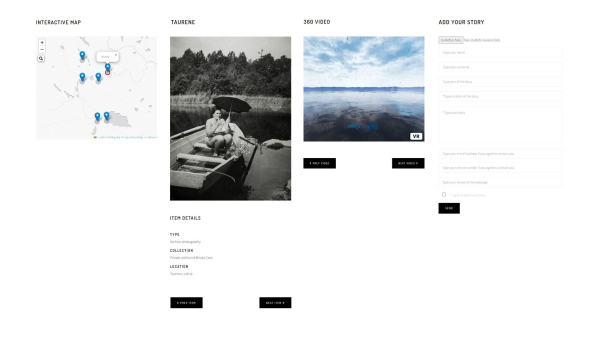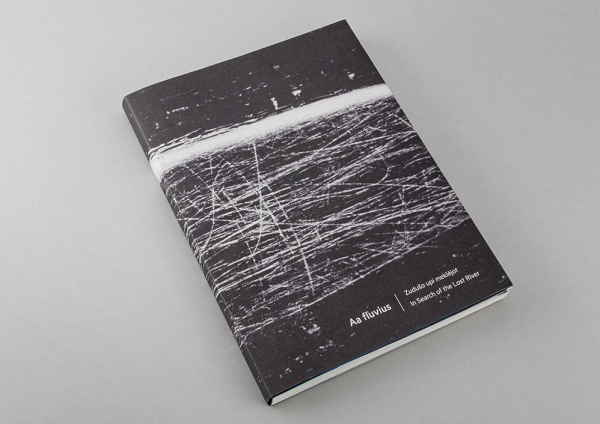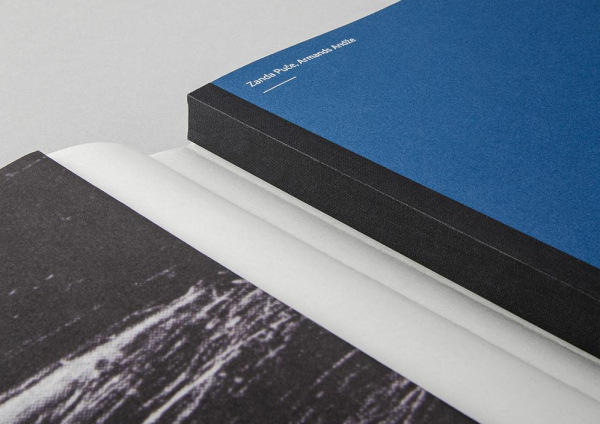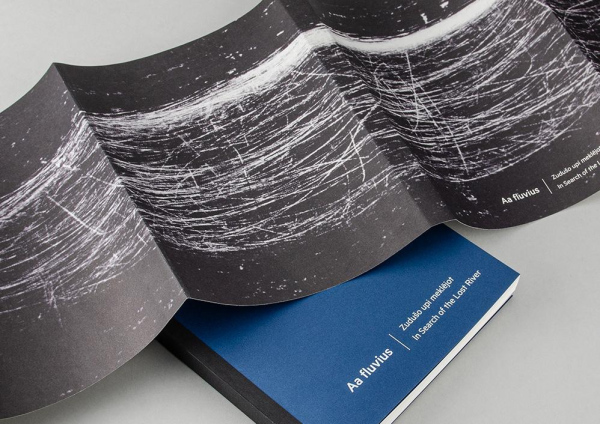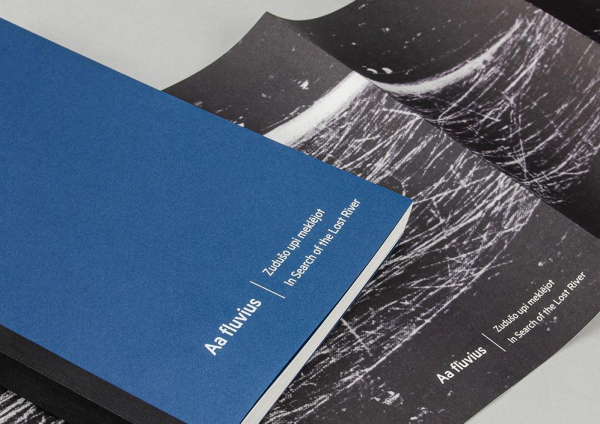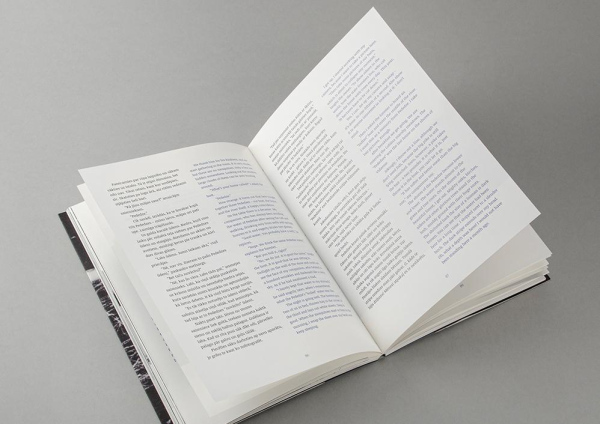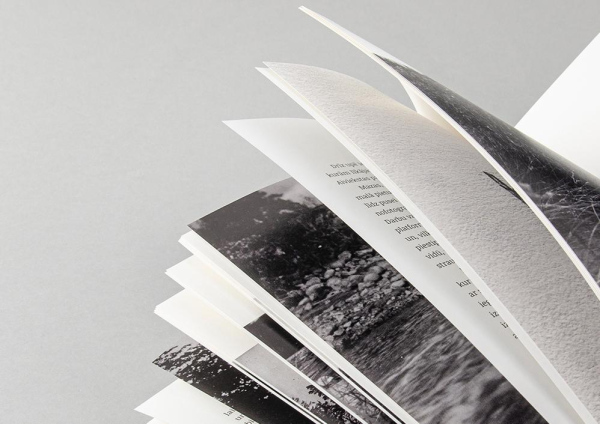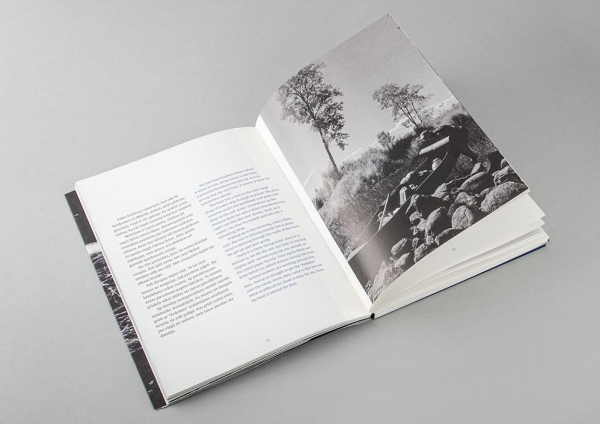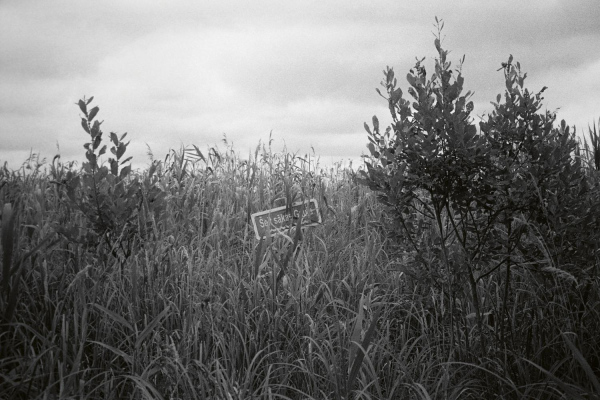
– “The Gauja River by Puče and Andže is not joyful and fast-flowing. This river carries nostalgia within it. It is overgrown and unnavigable. Its banks are home to outsiders who live in reeds and bushes and would be unlikely to find a place for themselves elsewhere. They seem to have been briefly lifted out of their underwater world and then thrown back into the undisturbed depths.”*
*Author at LSM.lv, artist Gundega Evelone
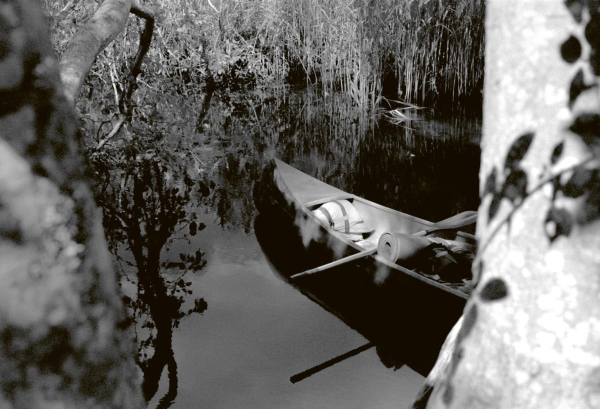
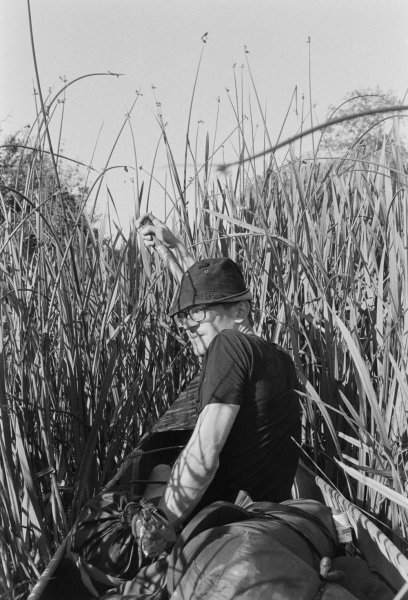
The moment when Armands was able to go to the store by himself was the best part of the entire boat trip. The road was lit by the evening light. The store was closed.
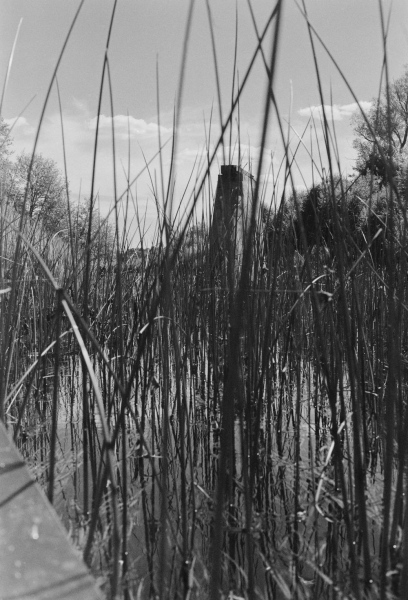
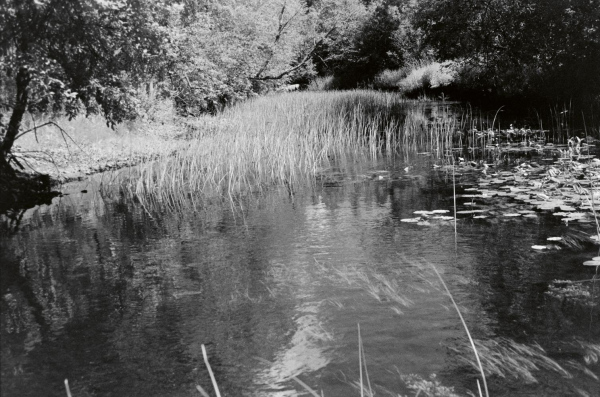
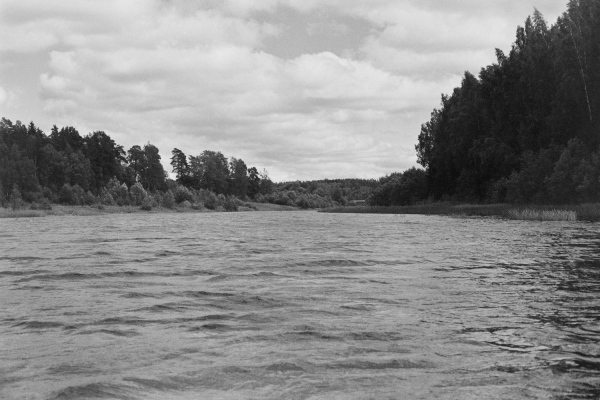
DZIDRA ZAĶE TALKS ABOUT THE GAUJA
— "It's dried up. There isn't as much water as there used to be, but if it floods..."
— "The Gauja is known for its beauty and disappearance. Then there is a huge lake covering sixty hectares, but if the weather is good, it is dry and full. We have walked along the Gauja riverbed, where only a small stream flows in the middle."
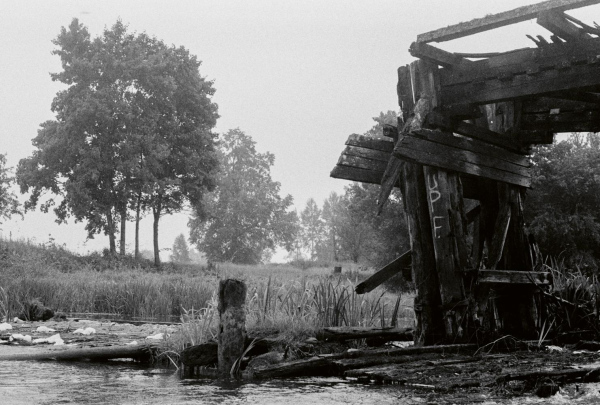
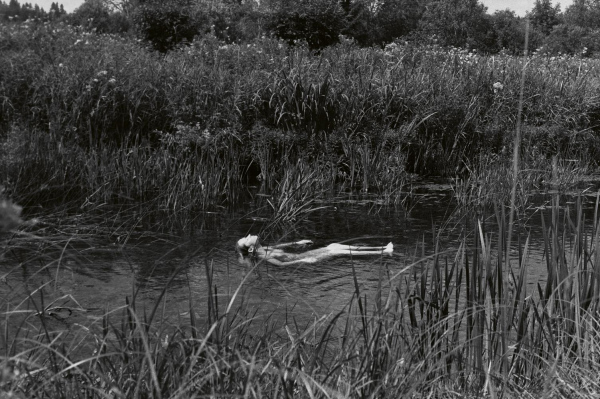
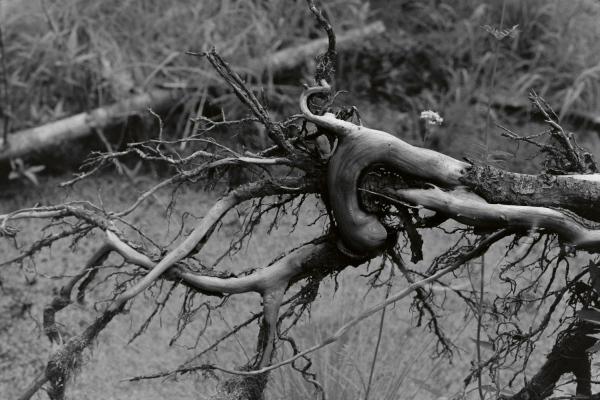
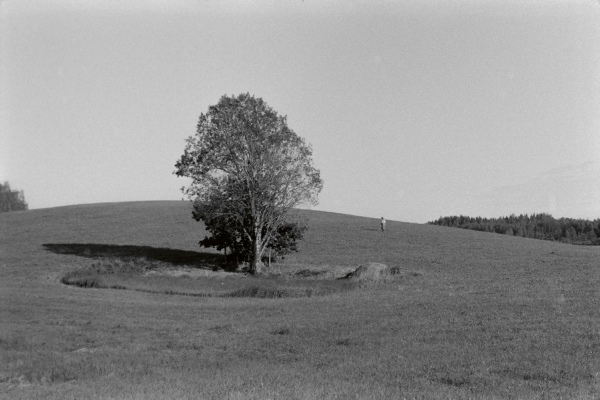
“Latio” black-and-white photography calendar | Latvia, 2021
Finalist of the “Latio” black-and-white photography competition "Changes", 2021.
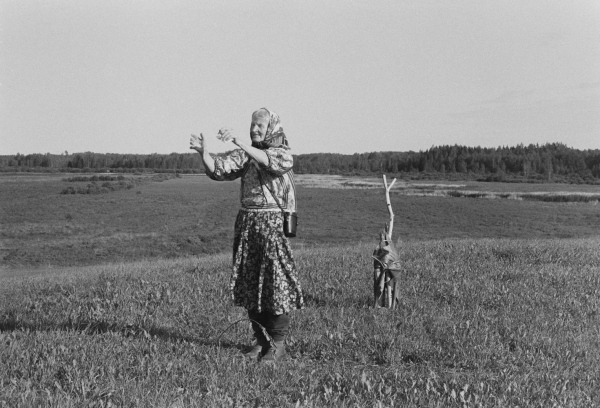
DZIDRA ZAĶE TALKS ABOUT THE GAUJA
— "The Gauja has changed its course only minimally. When I was little, it seemed bigger — to me."
— "I always watch it from that hill, seeing what it looks like — what kind of grass, what kind of birds."
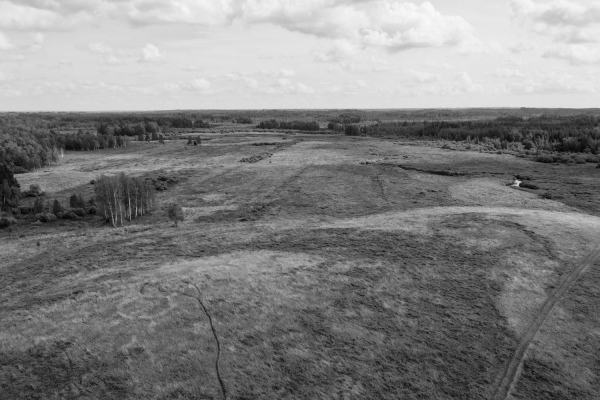
"The landscape is full of itself; it flows over the edges, but it doesn't think, and I don't know how that's possible. I let it enter me and purify me until only my steps, breath, sight, and hearing remain. I feel indifferent to everything that is passing away, because the landscape is inside me and there is no room for anything else."*
*Latvian writer and critic Andrejs Vīksna
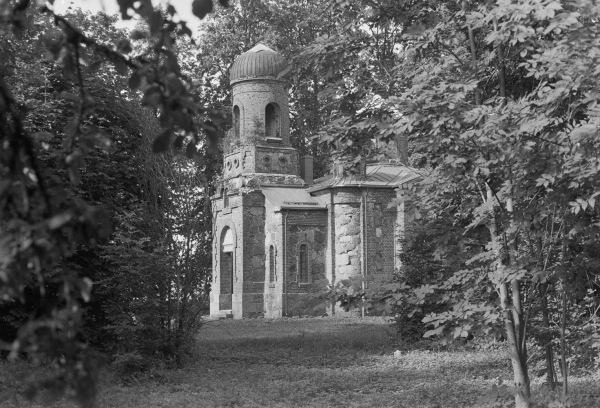
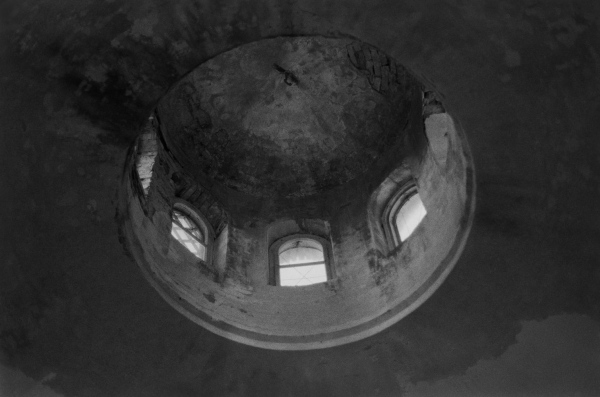
![After a long journey, clothes are dried and photographs developed in the workshop. They also show the residents of Māļi from the Orthodox church congregation of Eži (Māļi), who take care of the nearby church and their farm. Skaidrīte says:— "There are two of us in the congregation — me and my husband, and my son is also here. There used to be a large congregation, as many as 360 people. [..] It's a terribly beautiful church, but it's terribly run down. What are we going to do? We'll try to rebuild it."](/storage/media/fluvius1/_600x395_zanda-puce-fluvius-15.jpg)
After a long journey, clothes are dried and photographs developed in the workshop. They also show the residents of Māļi from the Orthodox church congregation of Eži (Māļi), who take care of the nearby church and their farm. Skaidrīte says:
— "There are two of us in the congregation — me and my husband, and my son is also here. There used to be a large congregation, as many as 360 people. [..] It's a terribly beautiful church, but it's terribly run down. What are we going to do? We'll try to rebuild it."
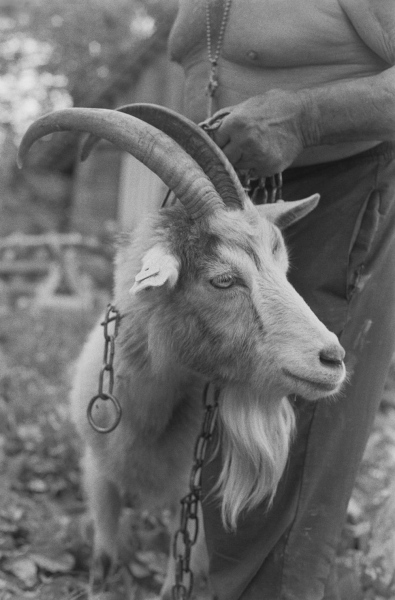
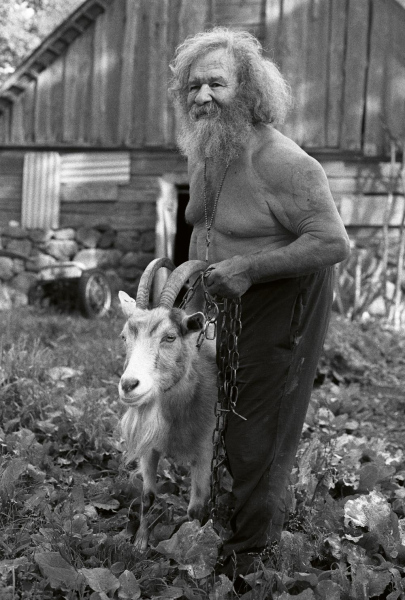
Exhibition "Jānis Gleizds Photography Award 2024" | Eastern Latvia Concert Hall “GORS”, Rēzekne, Latvia April - May 2024
Awarded 2nd place in the portrait category for the photograph "Valērijs" from the "FLUVIUS" photo series.
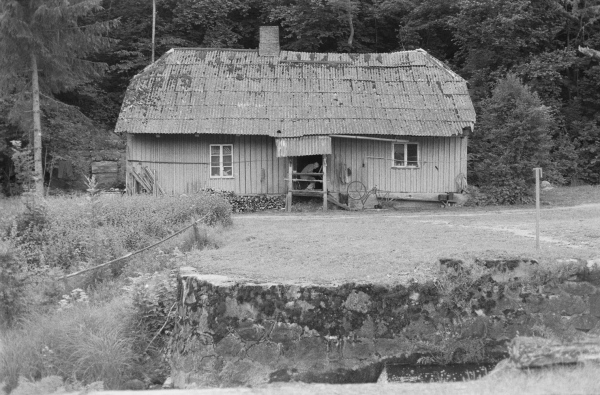
DMITRIJS IVANOVS FROM JAUNMELDERI, WHO LIVES NEAR THE NĒĶENA WATER MILL IN TAURENE
Once, Dmitrijs negotiated a bicycle for work.
— "It's all original. That's how I got it. I don't need anything for that day if you give it back to me."
"Well, I'm telling you — my problem with those cameras. Things like that."
"The boot is glued shut forever. Two days go by — it's glued shut, you need a patch again. It's a shame they let it go."
— "When you pick up a tool, you can feel something, as far as it makes sense, but there's no point in counting poems."
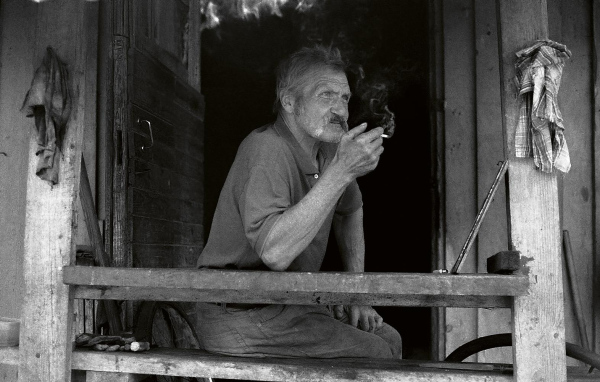
DMITRIJS IVANOVS FROM JAUNMELDERI, WHO LIVES NEAR THE NĒĶENA WATER MILL IN TAURENE
— "I lived near Lake Alauksts for 22 years. The stage — the joy of youth in Alauksts. We hung out there, swam, and most importantly, there was a pub. We had a good time: beer, peas. Young guys who had just come back from the army. Vecpiebalga is like my second home."
— "I swam across Alauksts. Four kilometers. It wasn't that bad if you know how to relax on your back and move your legs a little. There's no salt water. Salt water keeps the body afloat on its own."
— "The waves are cool. You definitely need oars. We each sit behind our oars and row."
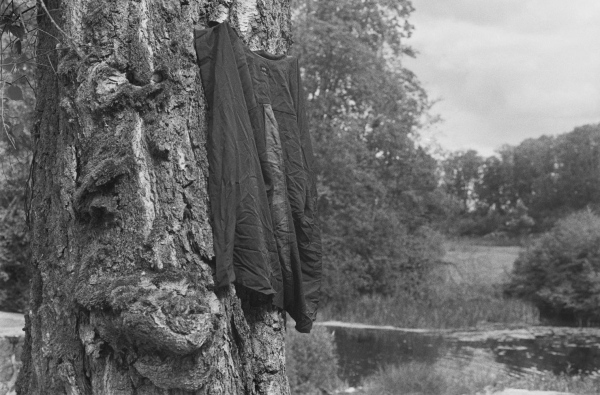
DMITRIJS IVANOVS FROM JAUNMELDERI, WHO LIVES NEAR THE NĒĶENA WATER MILL IN TAURENE
— "The Gauja begins at Silakrogs. Before Silakrogs. The stream is small, like a ditch. That's where the fish go. The police patrol there in the spring. It doesn't seem like it, but the Gauja could flow like that. The ditch crosses the road. I call it a stream. It's winding. Oh my! While it's gathering strength."
— "I like that in spring, so to speak, there's a lot of water. Then those mills don't sound like that. I can't even sleep — because of the noise. If there were a meter and a half, the meadow would be underwater — twenty centimeters from the bridge, that's how high the water level is. I'm used to it. It doesn't bother me anymore. The most beautiful, as usual in spring, in March, when there are no meadows. They are torn up by ice and water during the winter. It flows quite widely here. The riverbed. Yes, the Gauja has changed its course.
Boaters mostly come from Jaunpiebalga. There have been cases of English and Polish people passing through. I could barely manage the Polish language. At that time, I was learning German. My neighbor had graduated from the academy and helped me with English. I can point to things with my hands and show what they are, but I can't answer questions.
-
1
– “The Gauja River by Puče and Andže is not joyful and fast-flowing. This river carries nostalgia within it. It is overgrown and unnavigable. Its banks are home to outsiders who live in reeds and bushes and would be unlikely to find a place for themselves elsewhere. They seem to have been briefly lifted out of their underwater world and then thrown back into the undisturbed depths.”*
*Author at LSM.lv, artist Gundega Evelone
- 2
-
3
The moment when Armands was able to go to the store by himself was the best part of the entire boat trip. The road was lit by the evening light. The store was closed.
- 4
- 5
-
6
DZIDRA ZAĶE TALKS ABOUT THE GAUJA
— "It's dried up. There isn't as much water as there used to be, but if it floods..."
— "The Gauja is known for its beauty and disappearance. Then there is a huge lake covering sixty hectares, but if the weather is good, it is dry and full. We have walked along the Gauja riverbed, where only a small stream flows in the middle."
- 7
- 8
- 9
-
10
“Latio” black-and-white photography calendar | Latvia, 2021
Finalist of the “Latio” black-and-white photography competition "Changes", 2021.
-
11
DZIDRA ZAĶE TALKS ABOUT THE GAUJA
— "The Gauja has changed its course only minimally. When I was little, it seemed bigger — to me."
— "I always watch it from that hill, seeing what it looks like — what kind of grass, what kind of birds."
-
12
"The landscape is full of itself; it flows over the edges, but it doesn't think, and I don't know how that's possible. I let it enter me and purify me until only my steps, breath, sight, and hearing remain. I feel indifferent to everything that is passing away, because the landscape is inside me and there is no room for anything else."*
*Latvian writer and critic Andrejs Vīksna
- 13
- 14
-
15
After a long journey, clothes are dried and photographs developed in the workshop. They also show the residents of Māļi from the Orthodox church congregation of Eži (Māļi), who take care of the nearby church and their farm. Skaidrīte says:
— "There are two of us in the congregation — me and my husband, and my son is also here. There used to be a large congregation, as many as 360 people. [..] It's a terribly beautiful church, but it's terribly run down. What are we going to do? We'll try to rebuild it."
- 16
-
17
Exhibition "Jānis Gleizds Photography Award 2024" | Eastern Latvia Concert Hall “GORS”, Rēzekne, Latvia April - May 2024
Awarded 2nd place in the portrait category for the photograph "Valērijs" from the "FLUVIUS" photo series.
-
18
DMITRIJS IVANOVS FROM JAUNMELDERI, WHO LIVES NEAR THE NĒĶENA WATER MILL IN TAURENE
Once, Dmitrijs negotiated a bicycle for work.
— "It's all original. That's how I got it. I don't need anything for that day if you give it back to me."
"Well, I'm telling you — my problem with those cameras. Things like that."
"The boot is glued shut forever. Two days go by — it's glued shut, you need a patch again. It's a shame they let it go."
— "When you pick up a tool, you can feel something, as far as it makes sense, but there's no point in counting poems."
-
19
DMITRIJS IVANOVS FROM JAUNMELDERI, WHO LIVES NEAR THE NĒĶENA WATER MILL IN TAURENE
— "I lived near Lake Alauksts for 22 years. The stage — the joy of youth in Alauksts. We hung out there, swam, and most importantly, there was a pub. We had a good time: beer, peas. Young guys who had just come back from the army. Vecpiebalga is like my second home."
— "I swam across Alauksts. Four kilometers. It wasn't that bad if you know how to relax on your back and move your legs a little. There's no salt water. Salt water keeps the body afloat on its own."
— "The waves are cool. You definitely need oars. We each sit behind our oars and row."
-
20
DMITRIJS IVANOVS FROM JAUNMELDERI, WHO LIVES NEAR THE NĒĶENA WATER MILL IN TAURENE
— "The Gauja begins at Silakrogs. Before Silakrogs. The stream is small, like a ditch. That's where the fish go. The police patrol there in the spring. It doesn't seem like it, but the Gauja could flow like that. The ditch crosses the road. I call it a stream. It's winding. Oh my! While it's gathering strength."
— "I like that in spring, so to speak, there's a lot of water. Then those mills don't sound like that. I can't even sleep — because of the noise. If there were a meter and a half, the meadow would be underwater — twenty centimeters from the bridge, that's how high the water level is. I'm used to it. It doesn't bother me anymore. The most beautiful, as usual in spring, in March, when there are no meadows. They are torn up by ice and water during the winter. It flows quite widely here. The riverbed. Yes, the Gauja has changed its course.
Boaters mostly come from Jaunpiebalga. There have been cases of English and Polish people passing through. I could barely manage the Polish language. At that time, I was learning German. My neighbor had graduated from the academy and helped me with English. I can point to things with my hands and show what they are, but I can't answer questions.
Project “FLUVIUS” | Latvia 2018-2025
“FLUVIUS” (Latin for “river”): photographers Zanda Puče and Armands Andže transform Latvia's river Gauja into a symbol of nostalgia and solitude. The river preserves cultural memory, reflecting the internal journey of self-acceptance and the lives of those on the margins.
A Project by Zanda Puče (in collaboration with Armands Andže)
“FLUVIUS” is a deeply personal photographic and audiovisual journey. It explores Latvia’s longest river, the Gauja, as a living archive of memory and cultural resilience. Driven by her great-grandfather’s legacy — a boat builder named Juhans Jurss — photographer Zanda Puče traces a lineage of belonging. She navigates the river not just as a geographic feature, but as a fluid mirror for personal and national identity.
Concept and Story
The project documents the material and intangible traditions of the Gauja River Valley, which are central to the Latvian cultural canon. Through multiple expeditions along the waterway, Puče captures a fading rural landscape and the enduring people who anchor it. The work explores the symbiotic relationship between human experience and nature's permanence, utilizing the river as a powerful metaphor for movement, change, and the subconscious flow of personal history.
Puče's visual narrative is a tapestry woven from external encounters and profound introspection. The work highlights the lives of keepers of the river's history — from the “Aunt Hare”, who observes sunrise and sunset from her hill in Kurmi, to the devotion of Māļi residents caring for the remote Orthodox church, and the stoic resilience of Dmitrijs near the Nēķena watermill in Taurene. These stories of solitude and stewardship become a catalyst for the artist's own self-revelation.
Artistic Vision
Presented primarily in stark, evocative black-and-white photography, “FLUVIUS” uses the natural world to frame a universal journey of self-discovery. The river serves as a powerful symbol for introspection, allowing Puče to address universal themes of loneliness, acceptance, and finding one’s footing both as an artist and as a person. This project foregrounds the female gaze in an exploration of a harsh yet beautiful northern landscape, transforming a local river into a meditation on the continuous human search for a sense of belonging.
Exhibition "FLUVIUS" | RTU LA Humanities and Arts Centre gallery, Liepāja, Latvia May - June 2025
The 2025 exhibition at the Riga Technical University Liepāja Academy (RTU LA) Humanities and Arts Centre gallery continues the “FLUVIUS” project’s mission to deepen collective memory and connect audiences again with the enduring experiences and values discovered along the river.
Artists: Zanda Puče, Armands Andže. Curator: Laima Daberte.
In collaboration with association “ASTE. Art, Science, Technology, Education”.
Supported by Liepāja Culture Department and the State Culture Capital Foundation.
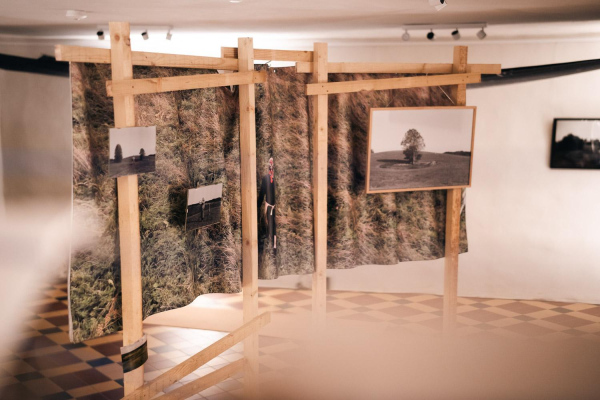
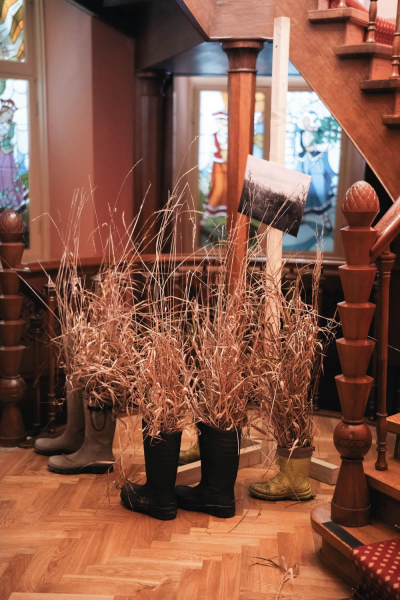
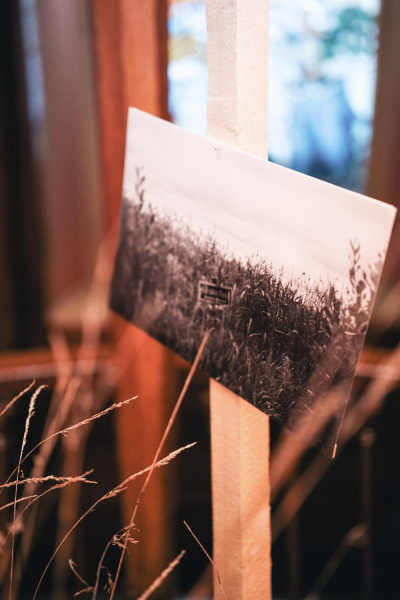
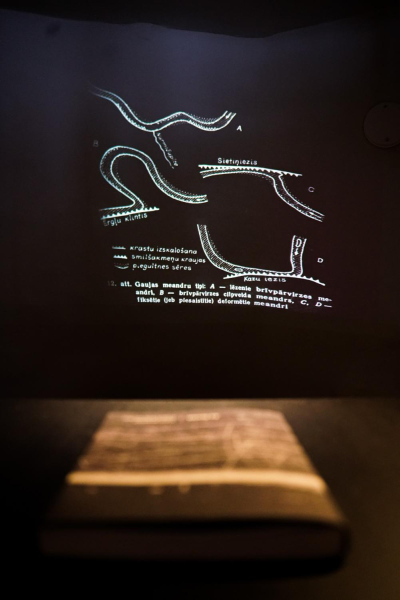
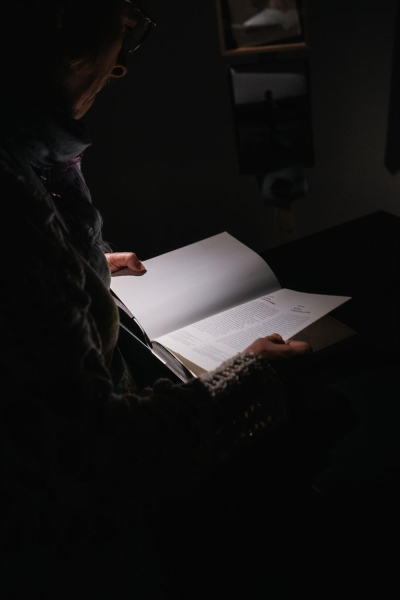

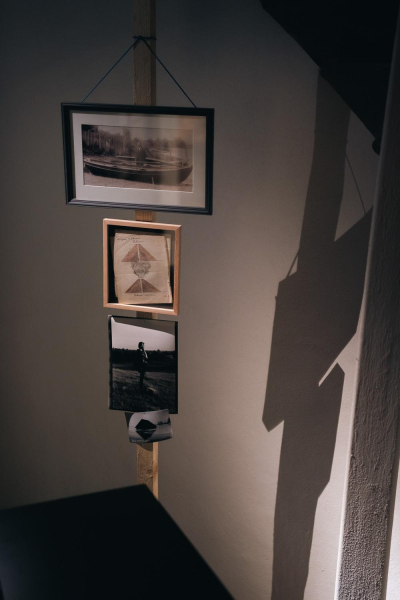

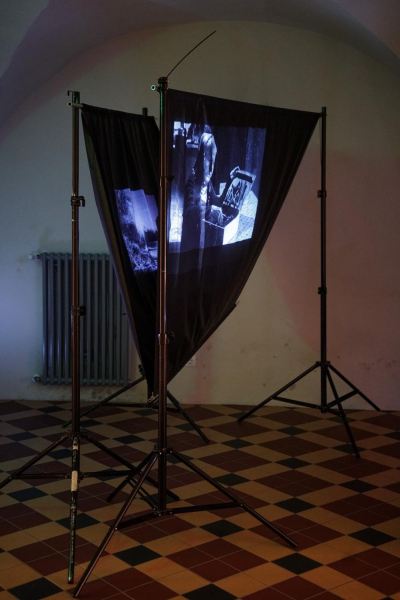
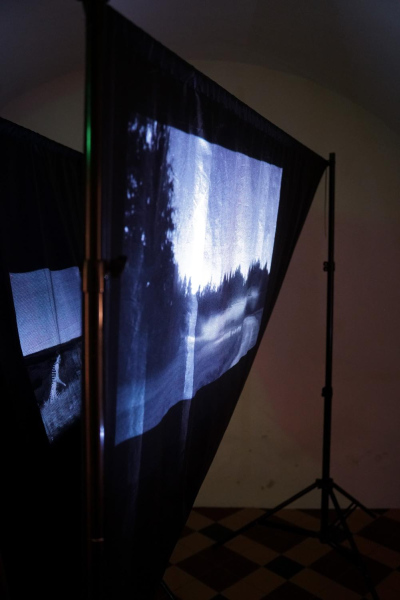
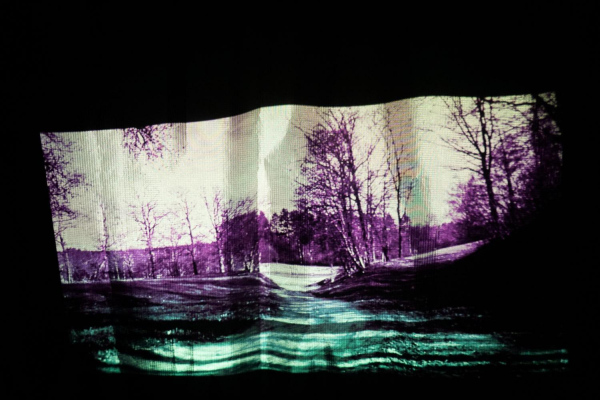
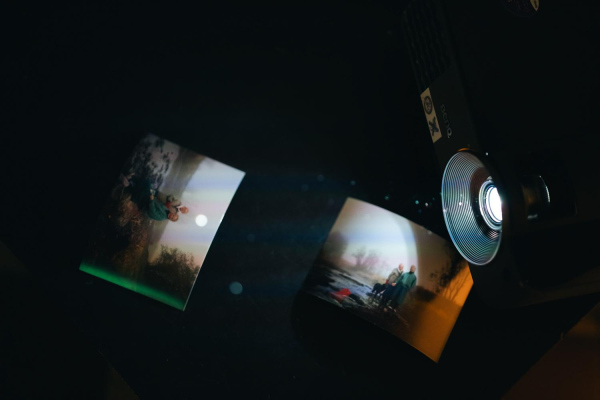
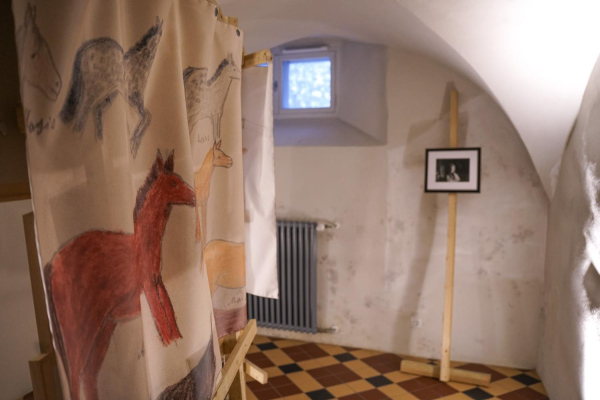
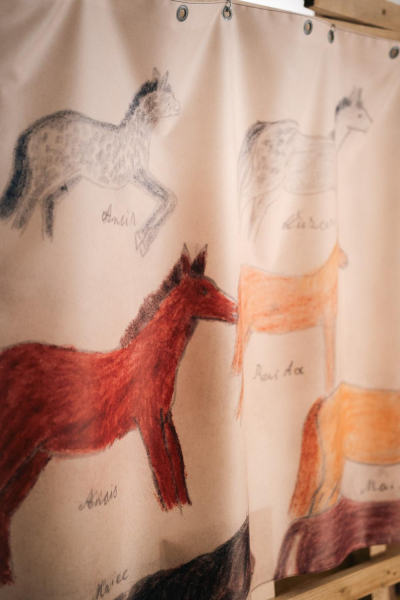
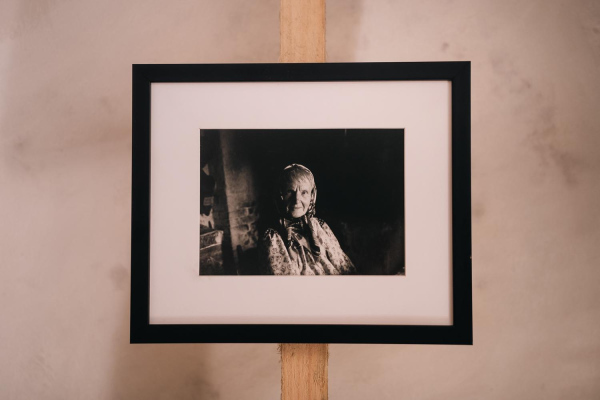
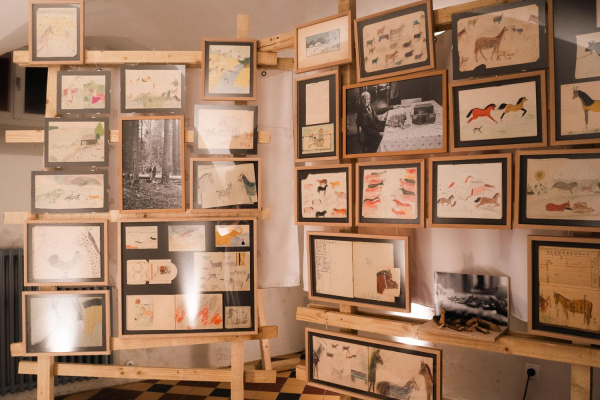
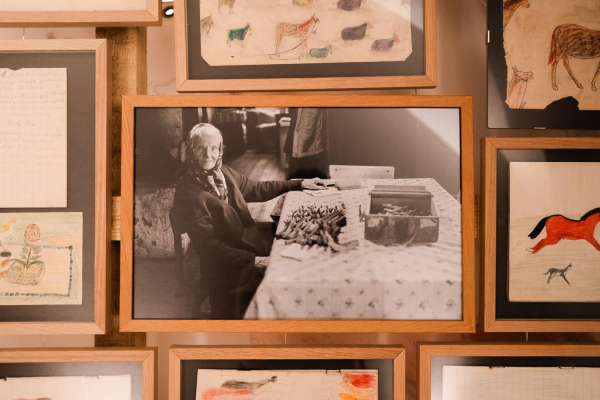

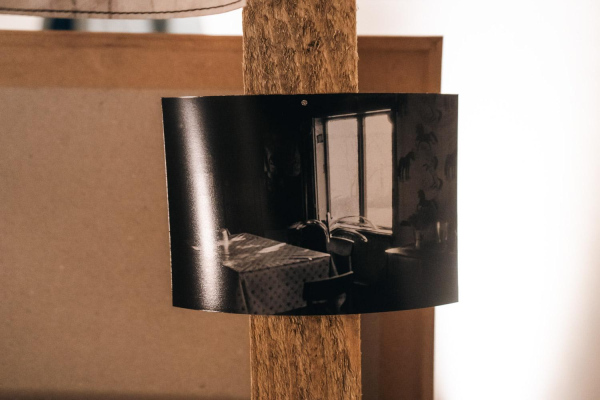
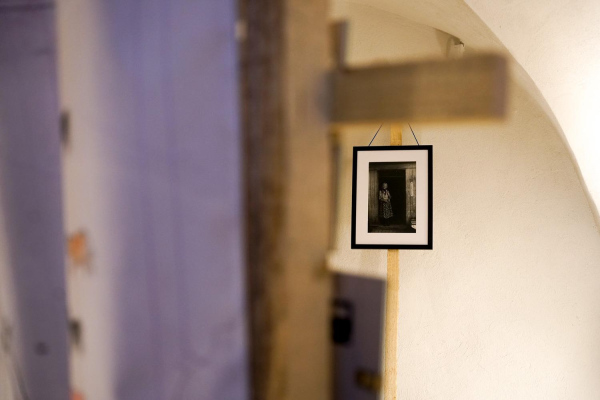

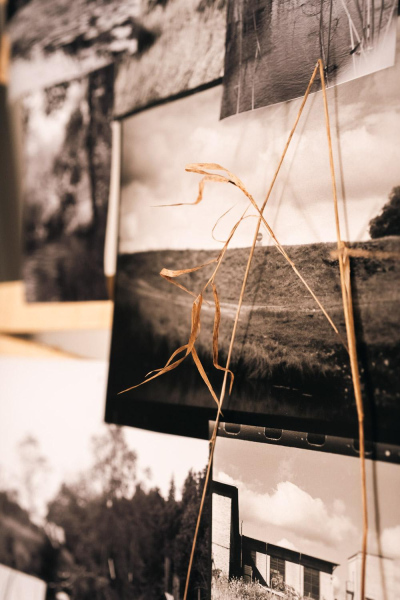
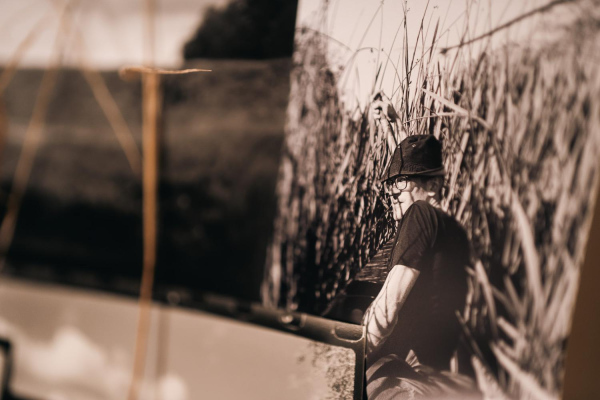
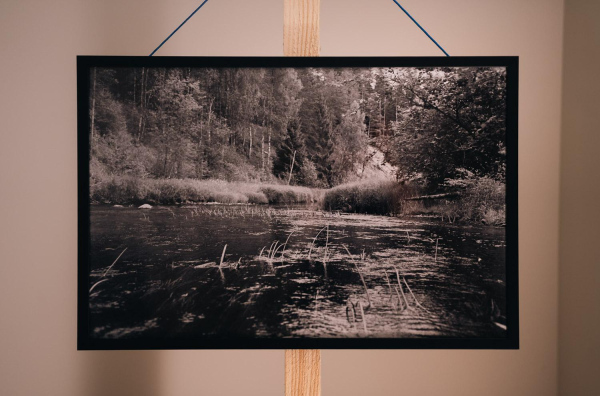

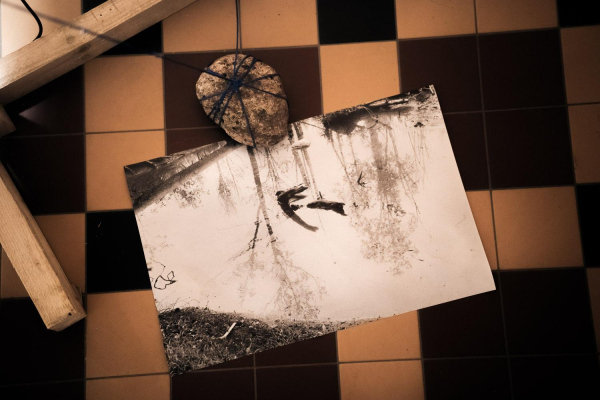
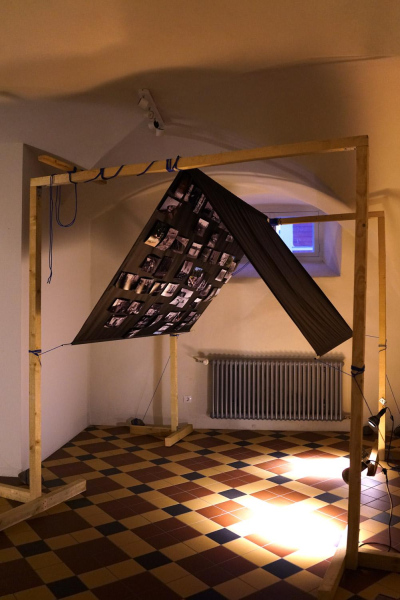
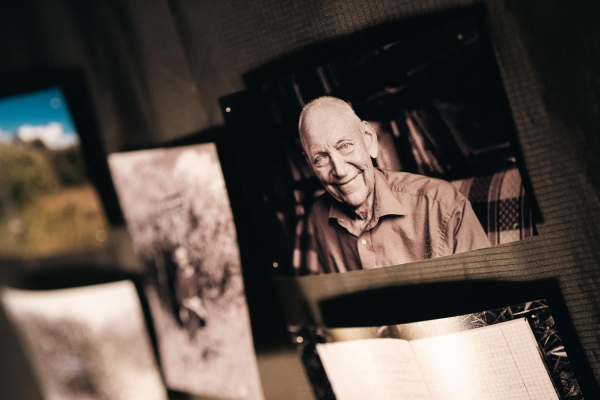

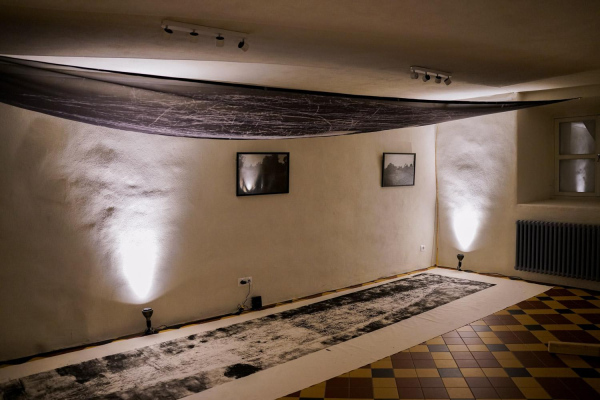
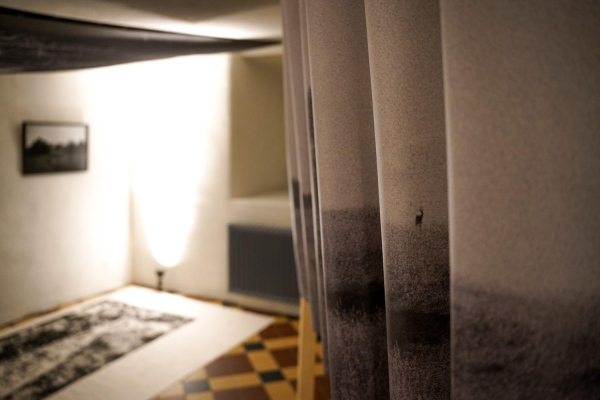
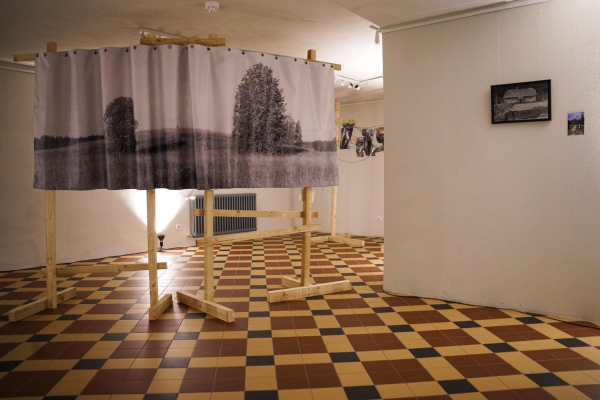
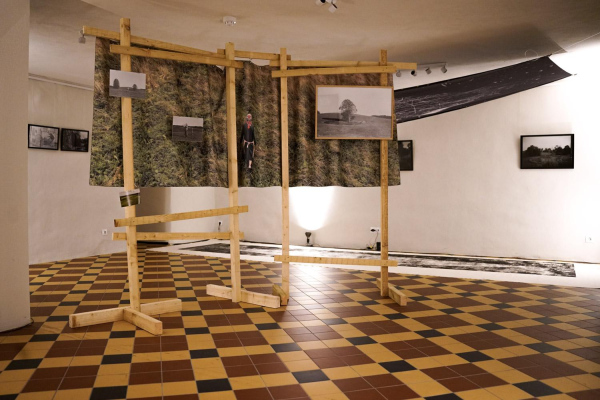
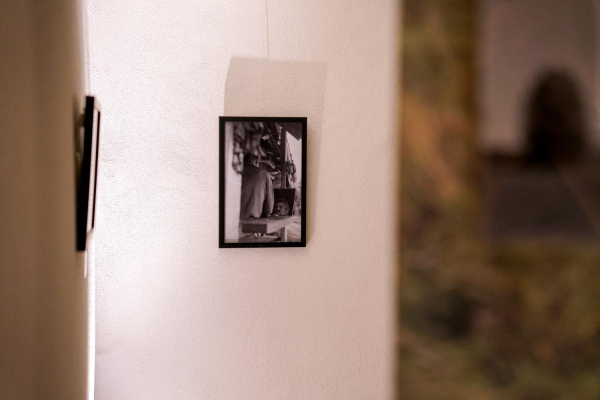
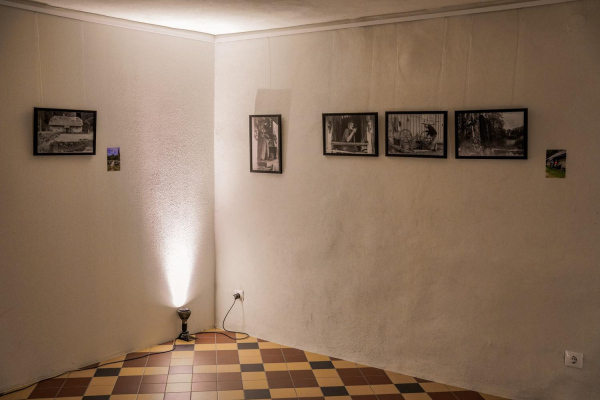
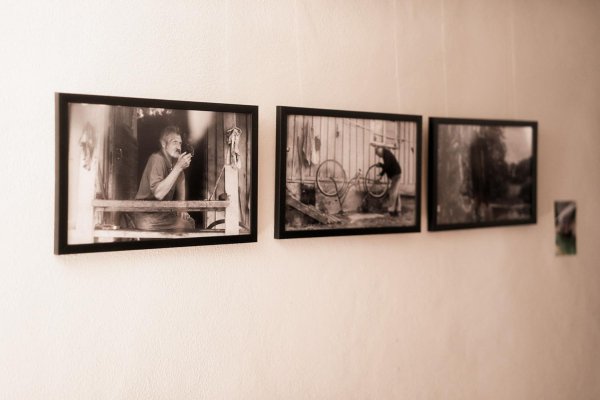
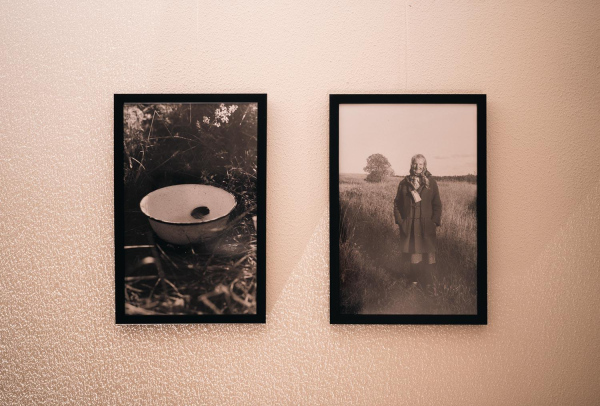
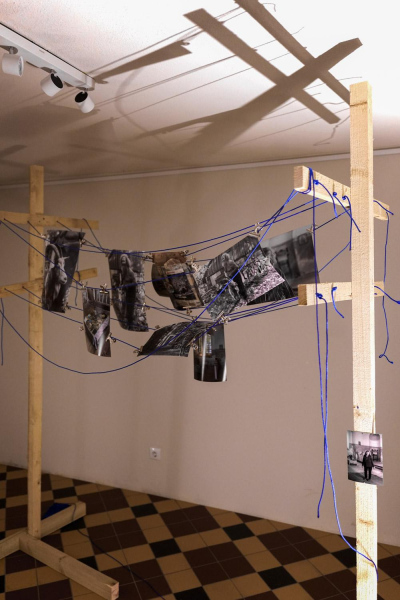
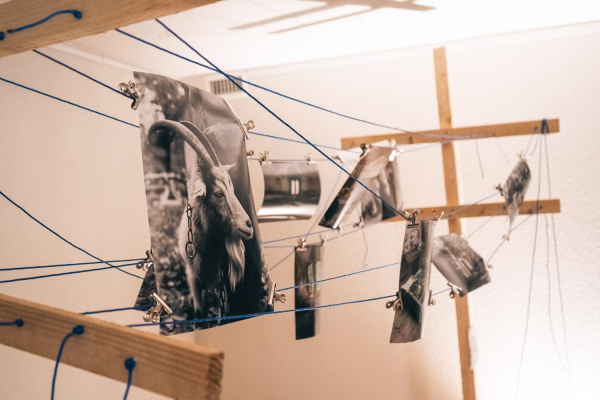
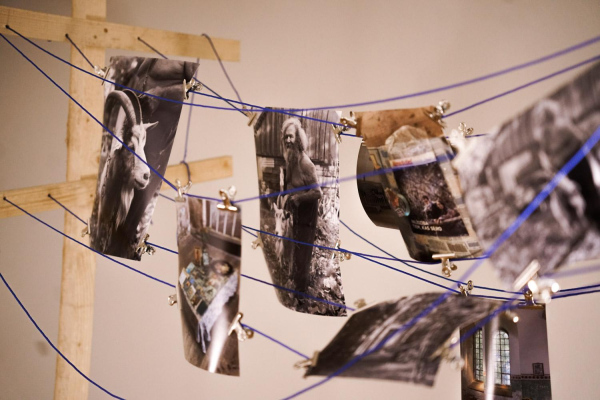
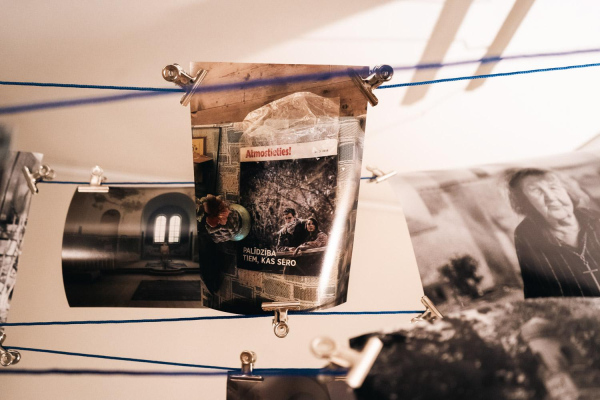
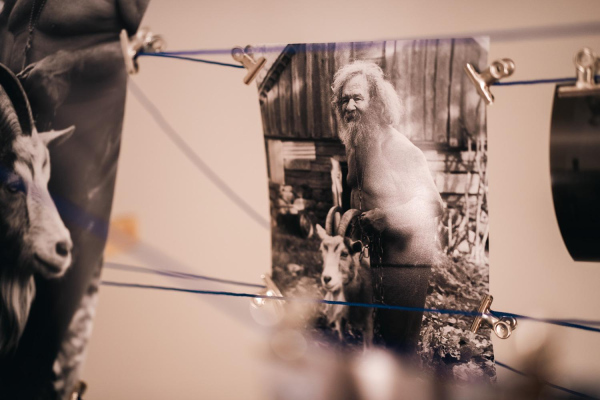
-
1
Photo: Viktorija Maško
-
2
Photo: Viktorija Maško
-
3
Photo: Viktorija Maško
-
4
-
5
Photo: Viktorija Maško
-
6
Photo: Viktorija Maško
-
7
Photo: Viktorija Maško
-
8
- 9
- 10
- 11
-
12
Photo: Viktorija Maško
- 13
-
14
Photo: Viktorija Maško
-
15
Photo: Viktorija Maško
-
16
Photo: Viktorija Maško
-
17
Photo: Viktorija Maško
-
18
-
19
Photo: Viktorija Maško
- 20
- 21
-
22
Photo: Viktorija Maško
-
23
Photo: Viktorija Maško
-
24
Photo: Viktorija Maško
-
25
Photo: Viktorija Maško
-
26
Photo: Viktorija Maško
-
27
-
28
Photo: Viktorija Maško
- 29
- 30
- 31
- 32
- 33
- 34
- 35
-
36
Photo: Viktorija Maško
-
37
Photo: Viktorija Maško
-
38
-
39
Photo: Viktorija Maško
- 40
-
41
Photo: Viktorija Maško
-
42
Photo: Viktorija Maško
Exhibition "FLUVIUS" | Sigulda New Castle, Sigulda, Latvia November 2024 - January 2025
– “The Gauja River by Puče and Andže is not joyful and fast-flowing. This river carries nostalgia within it. It is overgrown and unnavigable. Its banks are home to outsiders who live in reeds and bushes and would be unlikely to find a place for themselves elsewhere. They seem to have been briefly lifted out of their underwater world and then thrown back into the undisturbed depths.” – author at LSM.lv, artist Gundega Evelone
The underwater world created at the 2024 exhibition “FLUVIUS” at Sigulda New Castle allowed visitors to get to know the Gauja River, its banks, and the people living in the surrounding area.
Artists: Zanda Puče, Armands Andže. Curator: Laima Daberte.
In collaboration with associations “Baltic Analog Lab” and “Sigulda Arts Serpentine”.
Supported by Sigulda Municipality, SCCF target program Latvian Historical Lands Development Program, Vidzeme Planning Region, and SCCF.
Website prototype “fluvius.lv” | 2022-2023
In 2023, a prototype of the website “fluvius.lv” was developed, combining historical and artistic values with a modern web interface.
Book “Aa fluvius. In Search of the Lost River” | Riga, Latvia 2022
– “Absolutely loving it. Such an important work at this very moment. I am very grateful to have been a small part in this adventure” – former Nikon-NOOR photographer and film director Olga Kravets
– “A wonderful publication” – film director Jānis Putniņš
– “Excellent!” – artist Māris Grosbahs
Authors: Zanda Puče, Armands Andže. Graphic design: Alise Štrause. Publisher: association “Baltic Analog Lab”.
Finalist of the Riga Photography Biennial – NEXT and ISSP Gallery Award “Seeking the Latest in Photography!” in 2021.
Nominated for the “Golden Apple Tree 2021” prize for the best book design in Latvia.
Presented at the ISSP Gallery in Riga, Latvia.
Exhibited at the “Golden Apple Tree 2021” in Sigulda Devons Cultural Centre, Sigulda, Latvia; “Latvian Book Fair 2022” in International Exhibition Centre, Riga, Latvia, and in the “Fotobok gbg” festival in Sweden.
Supported by the SCCF.
